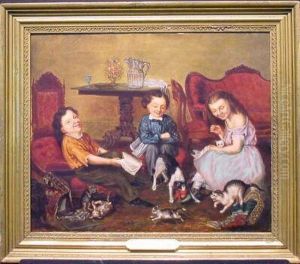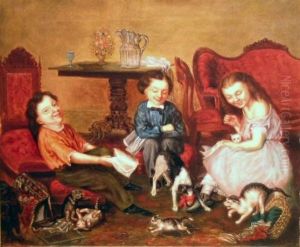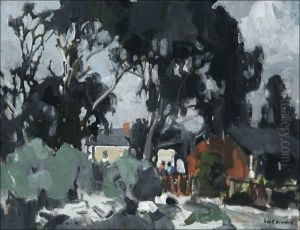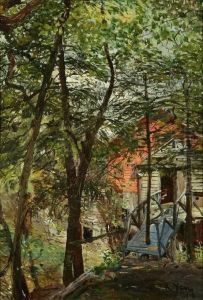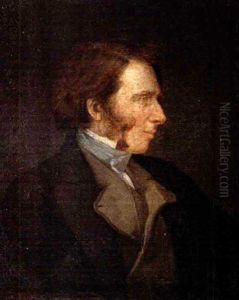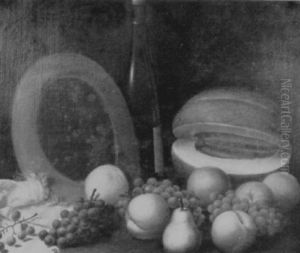George Kasson Knapp Paintings
George Kasson Knapp was not widely recognized as a significant artist during his lifetime, and as such, detailed biographical information may not be as readily available as for more renowned artists. Born in 1863, Knapp was an American painter known for his landscape works. His artistic career spanned a period in which American art saw a transition from the Hudson River School style to more modernist approaches.
Knapp’s landscapes often depicted the natural beauty of the United States with a particular emphasis on the light and color that could be found in these environments. This theme was common among American landscape painters of the time, who sought to capture the unique qualities of the continent's wilderness. Knapp would have been a contemporary of other American landscape painters who were part of the tonalist and impressionist movements that were gaining popularity towards the end of the 19th century and the beginning of the 20th century.
The majority of Knapp’s life was spent in the shadow of more prominent figures of the American art scene, such as Thomas Cole, Frederic Edwin Church, and later, artists like John Singer Sargent and Winslow Homer. He lived through a transformative period in the art world that included the Ashcan School and the rise of American Modernism. Despite this, Knapp remained relatively obscure, and his works were not widely exhibited in the major art centers.
George Kasson Knapp passed away in 1949. Today, his works are appreciated by a niche group of art collectors and historians who have an interest in American landscape painting of the late 19th and early 20th centuries. Although not a household name, his contributions to the artistic tapestry of the period provide insight into the broader context of American art history. His paintings may be found in private collections and possibly in regional museums that focus on local artists or specific aspects of American art history.
